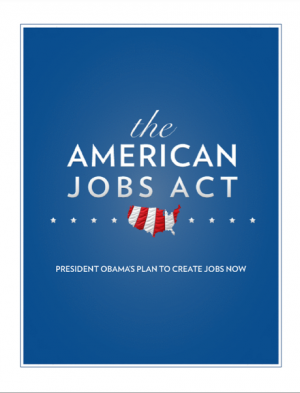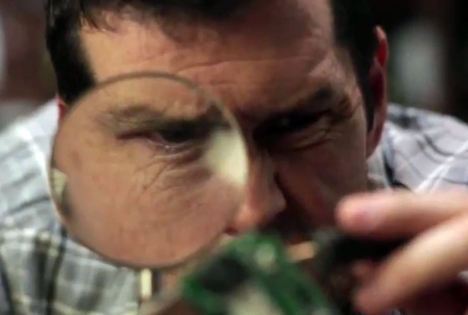By John Tozzi for Businessweek
For small companies selling consumer products such as makeup or snack food, a partnership with a big multinational company can mean the difference between obscurity and becoming a household name. How does a small brand get a behemoth’s attention?
CircleUp, a crowdfunding website that connects startup consumer brands with investors, wants to be part of the answer. Today, the company announced a partnership with Procter & Gamble (PG) to get companies on CircleUp in front of P&G executives scouting for new brands. It made a similar deal with General Mills (GIS)last year.
Most companies on CircleUp have $1 million to $10 million in yearly sales and are trying to raise about $1 million from wealthy individual investors, says Chief Executive Ryan Caldbeck, a former private-equity investor. Since opening its doors last April, CircleUp has helped eight companies close funding deals. In addition to connecting young companies with investors, CircleUp wants to expose them to multinationals that could lead to partnerships or acquisitions, he says.












